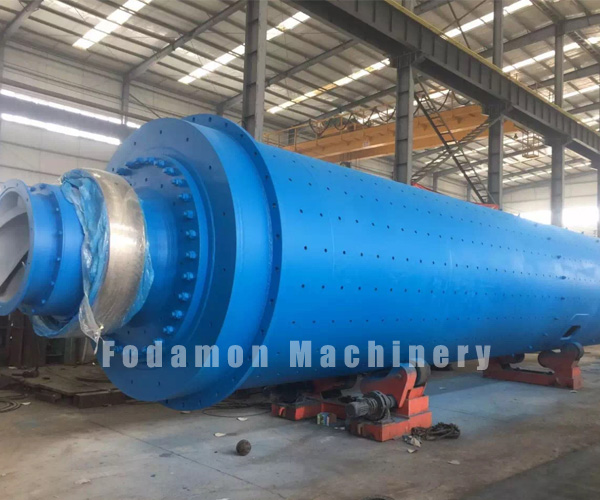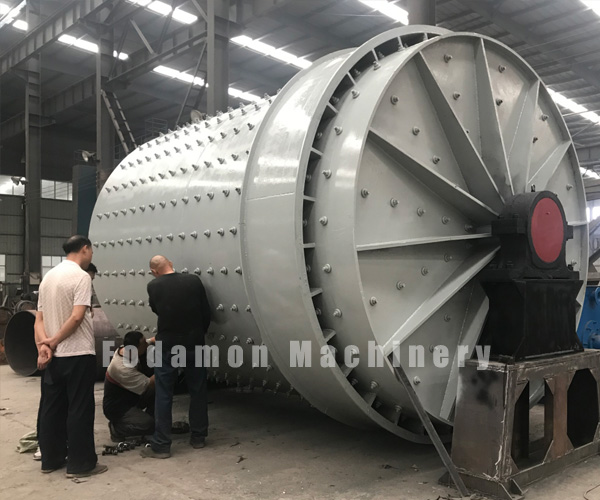Grinding equipment widely used in concentrators is ball mill and rod mill. The two have similarities in shape and grinding principles, but there are also differences in structure, performance, and use. This article analyzes their similarities and differences from seven aspects, and tells you how to choose ball mill and rod mill. From the analysis of the crushing mechanism, whether the ball is milled or the rod mill, when the cylinder rotates, the grinding medium (ball or rod) contained in the cylinder is lifted to a certain height with the rotation of the cylinder under the action of friction and centrifugal force. Then, it is thrown at a certain linear velocity, so that the material in the cylinder is impacted, ground and extruded to be pulverized.
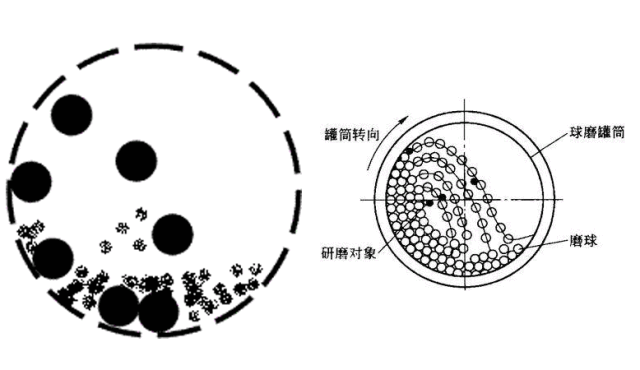
1. Shape structure analysisThe ratio of the barrel shape of the two is different. The ratio of the length of the rod mill to the diameter is generally 1.5-2.0, and the inner surface of the liner on the end cover is a vertical plane. The ratio of the barrel length to the diameter of the ball mill is small, and in most cases the ratio is only slightly greater than 1.In addition, the barrel mill speed is lower than the working speed of the same size ball mill, so that the medium inside is in a sloping state.
2. Category analysis (different drainage methods)In the ball mill, there are commonly used lattice type ball mills and overflow type ball mills (named from different mine discharge structure), while rod mills do not use grid plate for mine discharge, only overflow type and open type, and the discharge end The diameter of the hollow shaft is generally larger than that of a ball mill of the same specification.
3. Analysis of grinding mediaRod mills commonly use steel rods with a diameter of 50-100mm as the grinding medium, while ball mills use steel balls as the grinding medium. The difference in the grinding body is the main difference between the two.
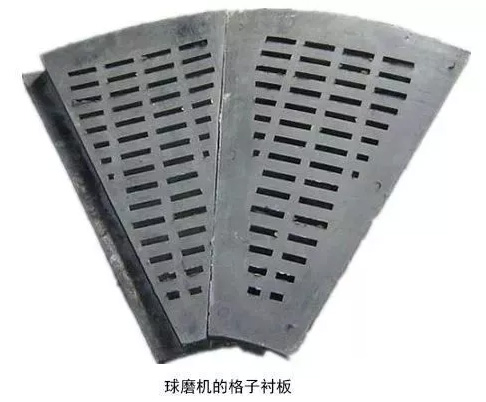
The steel balls of ball mill are point contact and the steel bars of bar mill are line contact, so their working characteristics are obviously different.
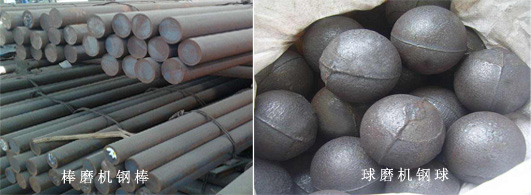
- Analysis of Filling Rate of Medium
The media fill rate refers to the percentage of grinding media to the mill volume. For different grinding methods, mill structure, operating conditions and medium shape, the medium filling rate has a suitable range, too high or too low affects the grinding effect. Usually, the filling rate of the ball mill is 40%-50%, and the rod mill is 35%-45%. In addition, the filling rate of the self-grinding machine is 25%-40%, and the filling rate of the gravel mill is about 43%. - Performance Analysis
The characteristics of the rod mill are that the product is coarse, but the particle size is uniform, the coarse particles and the slime are less, the over-grinding is lighter, and the particle size characteristics of the rod-milled product are related to the condition of the rod-grinding ore.
The performance characteristics of the ball mill are high production capacity, strong adaptability to materials, high fineness of materials, fine grain size, easy to finely grind, and significant energy saving, but the over-grinding phenomenon is serious. - Stability analysis
The ball mill has no inertia impact in operation, which ensures the normal and efficient operation of the equipment, reduces the downtime of the equipment and improves the production efficiency. - Usage Analysis
When re-selecting or magnetically selecting tungsten ore and other rare metal ores, a rod mill is often used to prevent over-grinding; in the second-stage grinding process, a rod mill is generally used as the first stage grinding equipment to produce Larger capacity and higher efficiency. When dealing with soft or less hard ore, a rod mill can be used instead of a short-head cone crusher for fine crushing, which is not only simple in configuration, but also low in cost, and can simplify dust removal in the work shop.
However, the ball mill is prone to over-grinding due to the fine grinding material, and is not suitable for the re-election line in metal beneficiation.

